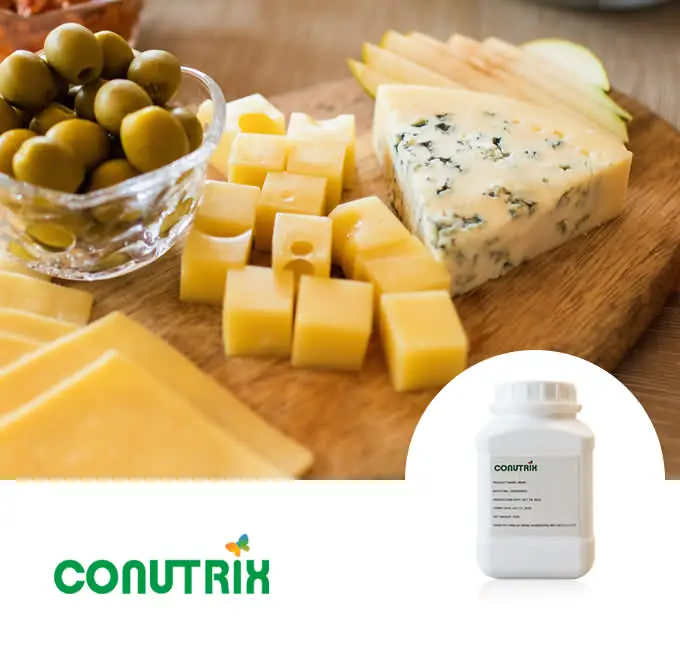Chemicals ensure that we have heat and electricity; we can buy goods and clothes; we have constant access to telecommunications, media and music wherever we are. Many of the changes we observe in nature are actually caused by chemical reactions, such as changes in the color of leaves and the growth of flowers.
Chemical products are an important contributor to our economy. Therefore, sound chemicals management throughout the life cycle of chemicals (from extraction or production to disposal) is essential to avoid risks to human health and the environment.
However, there are two sides to everything. As Margot Wallstrom (former vice president of the European Commission and one of the founders of reach, which aims to make chemicals safer to use), “chemicals are both a blessing and a curse.”. Just as we maintain the benefits of chemicals in our lives, we must treat them with respect in order to minimize the harmful effects of exposure to them.
Chemical products used in daily life
The skill of modern manufacturing is to design products that perform better than previous products. Take a look at these examples:
Cleaning products
Detergent is a product containing active substances, known as surfactant or surfactant. Surfactants can reduce the surface tension of water and make water mixed with oil or fat. That's why we wash dirty clothes with detergents – detergents can remove dirt in solid or liquid form.
The detergent component in shampoo can also reduce the surface tension of the water, in order to thoroughly wet the hair and make it clean. Shampoo can also break down fat and remove grease from hair.
There are many other substances in shampoo. It's listed on the label of the bottle. They break down and remove stains, dirt, dandruff, salt and oil from hair. Water alone can't do it.
Toothpaste is made of water and abrasives such as aluminum hydroxide and calcium carbonate. It may also contain sweeteners, dyes, breath fresheners, bacterial and microbial resistance, and an active substance called sodium fluoride, which strengthens enamel and prevents tooth decay.
clothing
Textiles used for clothing are sometimes chemically treated to enhance their properties. For example, finishing agents are used to strengthen the strength of the fabric so that it does not wrinkle.
During the production process, textiles may undergo a series of chemical and non chemical treatments. This includes preparation and pretreatment of fabrics, dyeing, printing and finishing. Some products used in textiles are highly specialized chemicals such as fungicides, flame retardants, water repellents and warp sizes. Others are relatively simple chemicals or mixtures, such as emulsions and greases, starches, sulfonated oils, waxes and some surfactants.
Research on nanomaterials has led to additional developments, such as permanent treatments based on nanoparticles and nanostructures that make textiles more resistant to water, stains, wrinkles, bacteria and mold.
Perfume
Fragrance is a kind of aromatic compounds with smell. Aromatics usually evaporate so that the smell can reach our noses. This is why perfume is always kept in a narrow neck bottle.
Perfume can be made from synthetic substances or natural materials. Most natural fragrances come from plants, such as flowers, fruits, roots, bark or wood. For example, geraniol from rose, jasmine from jasmine, orange from orange, and safrole oil from Cinnamomum camphora wood.
Perfume is a mixture of essential oils or aromatic compounds, fixative and solvents, giving the body a pleasant smell.
Insecticide
One of the insecticide active substances used in houses is permethrin and tetramethrin. These synthetic chemicals work by attacking the insect's nervous system
paint
There are many kinds of paint, which are specially designed according to the project to be painted, such as wall paint, wood paint, car paint, iron paint, etc. The paint can be water-based or oil-based, depending on the solvent used.
Paint is a mixture of various components from fossil, mineral, biological and synthetic sources – adhesives, Pigments / colorants, additives and solvents or carriers. Additives can improve the performance of paint, such as mildew inhibitor, thickener and other substances to protect the paint from water or sunlight.
Driving economic success
The benefits brought by chemical products are completely dependent on the modern society. They also make important contributions to the economic and social well-being of citizens in terms of trade and employment.






